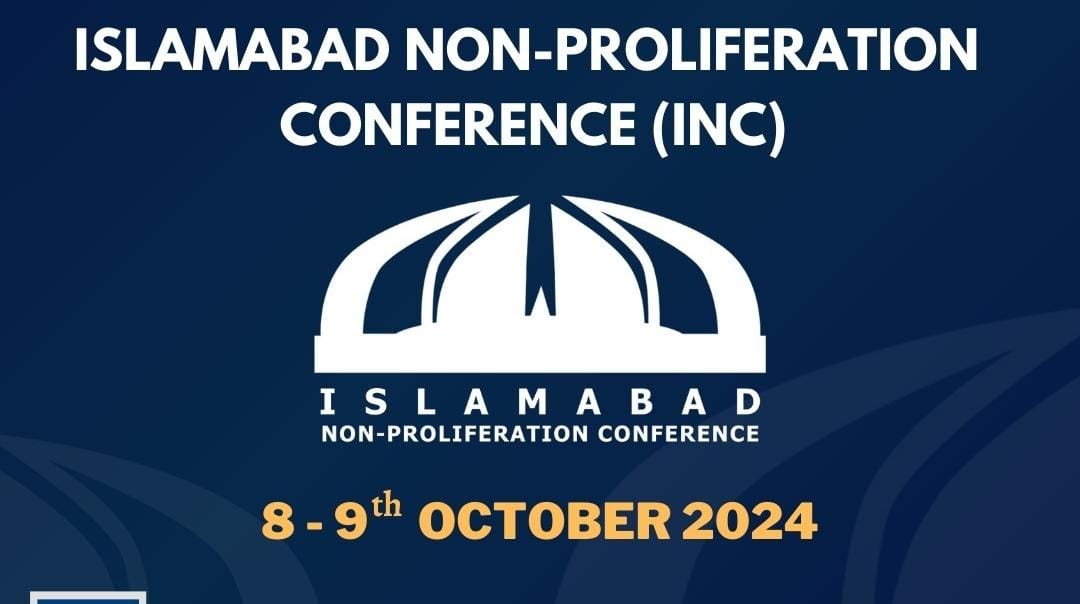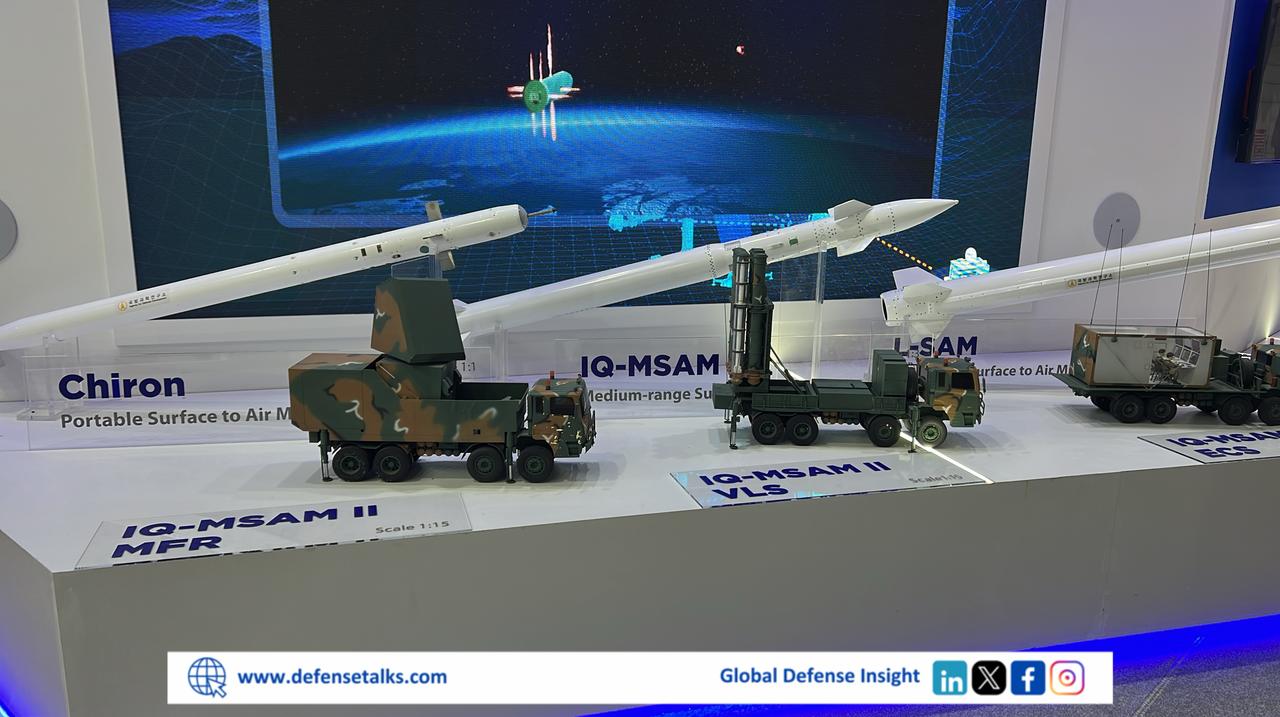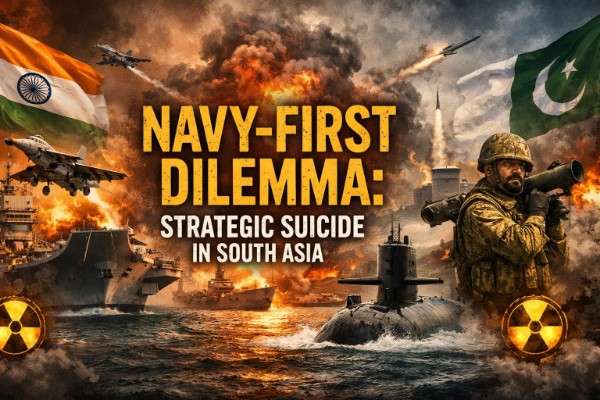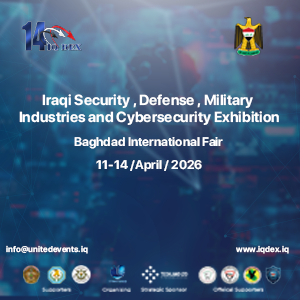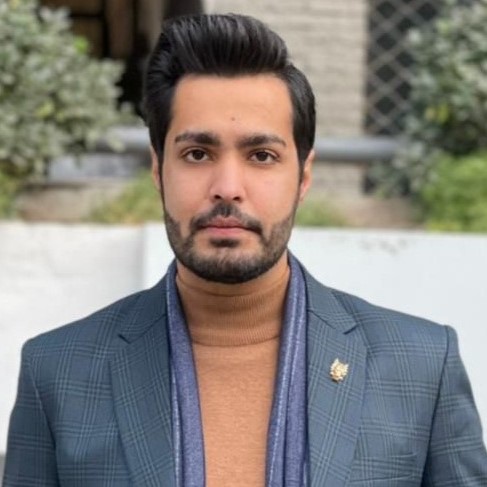In the shadow of the lush green Margalla Hills, a conference on Nuclear Non-Proliferation was organized by the Strategic Vision Institute, a think tank focused on strategic stability, nuclear weapons, and Non-Proliferation. The two-day conference starting from 8th October brought together a wide panel of experts .Managed by the young cohort of emerging researchers, the Islamabad Non-Proliferation Conference , unlike any other, sought to address the complex tapestry of global nuclear talks, entwined with the threads of geopolitical ambition, security dilemmas, arms races and the quest for power balance. The chosen venue, with its serene and inspiring natural beauty, provided a fitting backdrop for the weighty discussions that were set to unfold.
Experts, diplomats, and activists from around the world brought with them a wealth of knowledge, diverse perspectives, and a shared concern for the future of global security, in particular nuclear stability . The conference was designed to be a platform for open dialogue, where the obstacles impeding nuclear non-proliferation and strategic stability could be dissected, debated, and understood from multiple angles. The event aimed to identify a way forward in the context of diminishing nuclear stability and concomitant risk escalations that would challenge existing regulatory mechanisms, especially in the context of Ukraine-Russia Wars, Middle East and most importantly South Asia. The discussions that followed were intense and illuminating. Panels of experts delved into the intricacies of international treaties, the role of technology in monitoring and verification and the influence of major powers in shaping the nuclear discourse.
As a young researcher in this field, I have always been intrigued by the dynamics that govern the nuclear realm. Despite encountering resistance from opponents, nuclear states have consistently maintained a balanced approach to their nuclear activities. There exists a state of “Concordia discors” that plays a pivotal role in regulating the proliferation and access to nuclear material and weapons. This event offered valuable insights not only into the Pakistani perspective, often criticized by Western analysts for its assertiveness, but also perspectives from Russian, Chinese, British, and American experts.
Anton Khlopkov, director of the Centre of Energy and Security Studies , Russia postulated that a concerning trend has emerged from the conflict in Ukraine, where the intentional targeting of nuclear facilities has become normalized. For example, the Zaporizhzhya nuclear plant, controlled by Russia, has faced continuous attacks from Ukrainian forces using UAVs and artillery, with over 2,000 drones detected in the last four months. NATO weapons have also been used in these attacks, posing grave risks to reactor safety and infrastructure. This issue isn’t limited to Ukraine. Other regions, such as the Middle East and the Korean Peninsula, could face similar threats in future military crises. The international community must prioritize rebuilding and strengthening norms against attacking nuclear facilities during conflicts. Citing example of India and Pakistan Non-Attack Agreement on nuclear installations in 1988, which entered into force in 1991, he argued that Pakistan and India’s unique experience can serve as a valuable contribution to international efforts in this area.
Dr. Guo Xuetong from Shanghai University, China highlighted the shifting global strategic balance, emphasizing the transition from the Cold War’s bipolar world to a post-Cold War unipolar moment dominated by the United States, and now to a multipolar world with emerging powers like China and Russia. Dr Xuetong pointed out how NATO’s expansion and U.S. dominance have contributed to global instability, with conflicts in regions like Ukraine, Taiwan, and South Asia reflecting rising tensions. China’s Belt and Road Initiative and strategic alliances, especially with Russia, challenge Western dominance, although they are not traditional military alliances.
Dr Tariq Rauf, Former Head of Verification and Security Policy Vienna, Austria argued that the term “non-proliferation” has taken on a negative connotation, as it was designed by the original nuclear states to restrict others. He critiqued the collapse of nuclear arms control, particularly noting the erosion of frameworks like New START between Russia and the U.S., which is set to expire in 2026. He highlights how both nations continue modernizing their nuclear arsenals and increasing the risk of conflict. This trend is further driving China, India, and Pakistan to enhance their own nuclear capabilities, leading to a regional nuclear arms race.
James Acton from Nuclear Policy Program Carnegie Endowment for International Peace spoke on emerging contestation in space. His talk focused on the intersection of nuclear weapons and space-based systems, particularly with respect to the U.S., China, and Russia. Two key issues are highlighted: the risks to space-based nuclear command and control systems and the development of nuclear-armed anti-satellite (ASAT) weapons. These weapons could lead to a crisis where both sides feel compelled to act first, further increasing risks. Acton also suggested technical solutions like radiation-hardened satellites and cooperative measures such as safety zones around critical satellites. However, they acknowledge that the current international political climate is not conducive to comprehensive space agreements.
Another speaker from Russia, Dr Anastasia Malygina, associate Professor at St. Petersburg State University , Russia shed light on responsible nuclear behaviour. In recent years, the concept of “responsibility” has become central to global politics, particularly in nuclear policy. Key aspects include responsible behaviour in nuclear export controls, compliance with non-proliferation norms, safeguards for peaceful nuclear technologies, and ensuring the safety and security of nuclear arsenals. In nuclear-armed states, there are proponents of unilateralism, or “white sharks,” who advocate for modernizing national arsenals outside international agreements. Conversely, the “lions” favour a combination of military measures and diplomacy, including arms control. To preserve strategic stability, it’s essential to maintain traditional arms control mechanisms based on reciprocity, equality, and security for all.
Dr Naeem Salik, one of Pakistan’s foremost strategic thinkers on nuclear affairs, provided a scenario based argument that shed light on how irresponsible and risky behaviour could escalate conflicts, where guardrails of strategic restraints collapse in front of inadvertent escalation. Since the early 2000s, India has been casting doubt on the strength of Pakistani nuclear deterrence by suggesting the potential for a limited conventional war below the nuclear threshold. Meanwhile, Pakistan has been steadfast in asserting the potency of its nuclear deterrence. In the form of questions, Dr Salik provided a food for thought to the audience to think about alternative scenarios that could have emerged from Balakot Crisis, where India’s aggressive endeavour risked serious escalation . What if the Indian pilot had died while bailing out? This would have would have resulted in raising of temperatures, inflaming the emotions and would have surely led to further escalation. What if India has neither lost an aircraft nor a pilot to Pakistani captivity? Would it have emboldened India to greater escalation? What if the Indian Brahmos missile had landed in a thicky populated area or hit a sensitive target or hit a civilian airliner in that airspace? These scenarios posit some serious questions on India’s inclination to escalate irrationally. Dr Salik concluded by advising for activation of the hotline between foreign secretaries of India and Pakistan.
Dr. Christopher Clary from the United States discussed nuclear escalation in South Asia, focusing on the “Sundarji Dead End,” a reference to military strategy introduced by Indian General Sundarji in the 1980s. He believes that large-scale ground operations in a nuclearized environment like South Asia are no longer viable. Dr. Clary also addressed the 2019 Pulwama crisis, emphasizing the role of luck in preventing a major escalation . Using the metaphor of “Russian Roulette,” he warned against assuming that future crises will similarly avoid disaster, emphasizing the risks of tit-for-tat strikes that could escalate unpredictably. He stressed the importance of maintaining communication channels like hotlines and rebuilding confidence-building measures and arms control. Lastly, he discussed steps to ensure communication resilience during crises, such as modernizing hotline infrastructure, and suggested that disputes like those in Siachen and Sir Creek could still be managed diplomatically.
The forum was a step in the right direction, where experts can discuss the way forward to mitigate the fragility of a nuclear multipolarity, risk prone behaviours and permeation of newer technologies. Setting the precedent that a Pakistani institute has taken the initiative in setting the pace, albeit to set a ground for a non-Western discourse on nuclear affairs. Scholars and researchers of international Relations need to take a keen interest in the proceedings and future renditions.
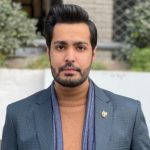
Table of Contents
ToggleHammad Waleed
Hammad Waleed is a Research Associate at Strategic Vision Institute, Islamabad. He graduated with distinction from National Defence University, Pakistan. He writes on issues pertaining National Security, Conflict Analysis, Strategic forecast, and Public Policy. He can be reached at hammadwaleed82@gmail.com.


